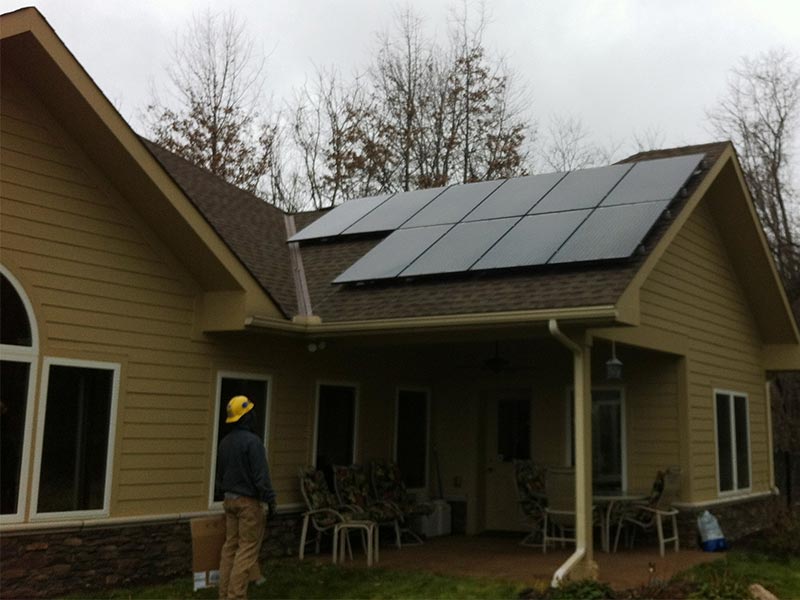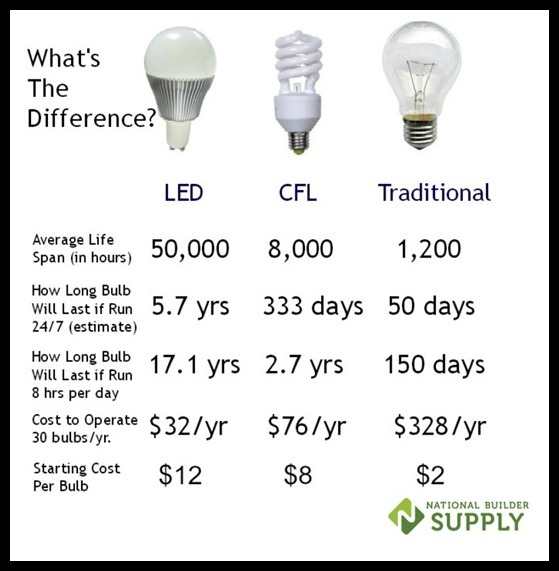[av_section min_height=” min_height_px=’500px’ padding=’default’ shadow=’shadow’ bottom_border=’no-border-styling’ id=” color=’main_color’ custom_bg=’#43c5ff’ src=” attachment=” attachment_size=” attach=’scroll’ position=’top left’ repeat=’no-repeat’ video=” video_ratio=’16:9′ overlay_opacity=’0.5′ overlay_color=” overlay_pattern=” overlay_custom_pattern=”]
[av_heading heading=’New Albany, Ohio – Residence – 2014′ tag=’h2′ style=’blockquote modern-quote modern-centered’ size=” subheading_active=” subheading_size=’15’ padding=’10’ color=’custom-color-heading’ custom_font=’#ffffff’][/av_heading]
[/av_section]
[av_one_full first min_height=” vertical_alignment=” space=” custom_margin=” margin=’0px’ padding=’0px’ border=” border_color=” radius=’0px’ background_color=” src=” background_position=’top left’ background_repeat=’no-repeat’ animation=”]
[av_image src=’http://thirdsun.ravecreates.com/wp-content/uploads/2016/05/resch-expansion-final.jpg’ attachment=’3058′ attachment_size=’full’ align=’center’ styling=’no-styling’ hover=” link=” target=” caption=” font_size=” appearance=” overlay_opacity=’0.4′ overlay_color=’#000000′ overlay_text_color=’#ffffff’ animation=’no-animation’]
2.6 kW expansion on an existing 4 kW Sunpower system, New Albany, OH
[/av_image]
[av_textblock size=” font_color=” color=”]
2.6 kW expansion on an existing 4 kW Sunpower system, New Albany, OH
[/av_textblock]
[/av_one_full]
[av_hr class=’custom’ height=’50’ shadow=’no-shadow’ position=’center’ custom_border=’av-border-fat’ custom_width=’150px’ custom_border_color=’#08abf4′ custom_margin_top=’60px’ custom_margin_bottom=’20px’ icon_select=’no’ custom_icon_color=” icon=’ue808′ font=’entypo-fontello’]
[av_section min_height=” min_height_px=’500px’ padding=’default’ shadow=’shadow’ bottom_border=’no-border-styling’ id=” color=’main_color’ custom_bg=’#f7f7f7′ src=” attachment=” attachment_size=” attach=’scroll’ position=’top left’ repeat=’no-repeat’ video=” video_ratio=’16:9′ overlay_opacity=’0.5′ overlay_color=” overlay_pattern=” overlay_custom_pattern=”]
[av_heading tag=’h2′ padding=’30’ heading=’More Recent Projects’ color=” style=’blockquote modern-quote modern-centered’ custom_font=” size=” subheading_active=” subheading_size=’15’ custom_class=” admin_preview_bg=” av-desktop-hide=” av-medium-hide=” av-small-hide=” av-mini-hide=” av-medium-font-size-title=” av-small-font-size-title=” av-mini-font-size-title=” av-medium-font-size=” av-small-font-size=” av-mini-font-size=”][/av_heading]
[av_hr class=’invisible’ height=’20’ shadow=’no-shadow’ position=’center’ custom_border=’av-border-thin’ custom_width=’50px’ custom_border_color=” custom_margin_top=’30px’ custom_margin_bottom=’30px’ icon_select=’yes’ custom_icon_color=” icon=’ue808′ font=’entypo-fontello’]
[av_portfolio categories=’865,864,866,863′ columns=’4′ one_column_template=’special’ items=’4′ contents=’title’ preview_mode=’auto’ image_size=’portfolio’ linking=” sort=’no’ paginate=’no’ query_orderby=’date’ query_order=’DESC’ av-medium-columns=” av-small-columns=” av-mini-columns=”]
[/av_section]


















